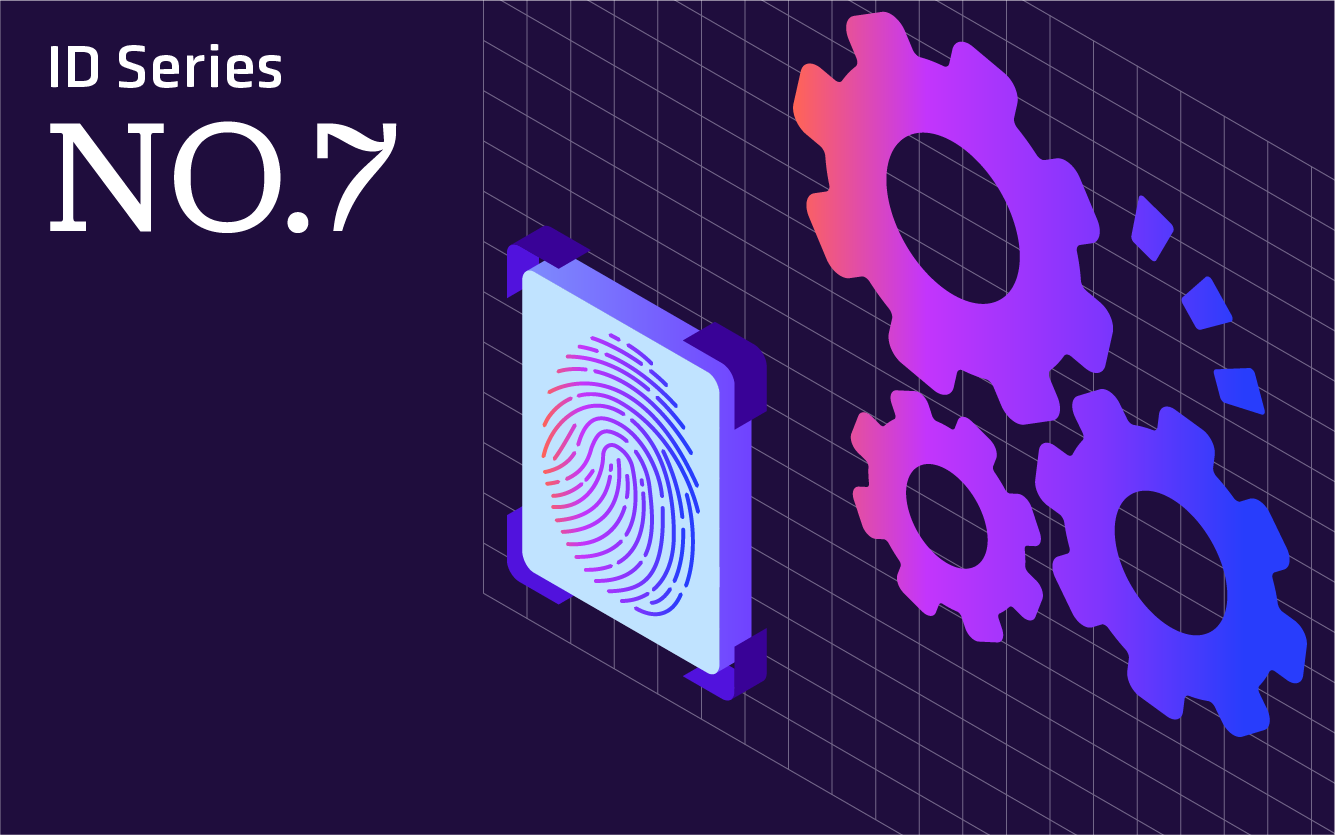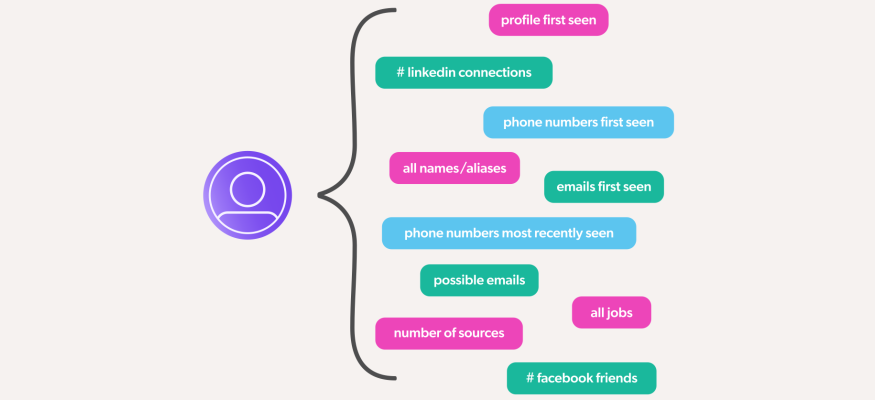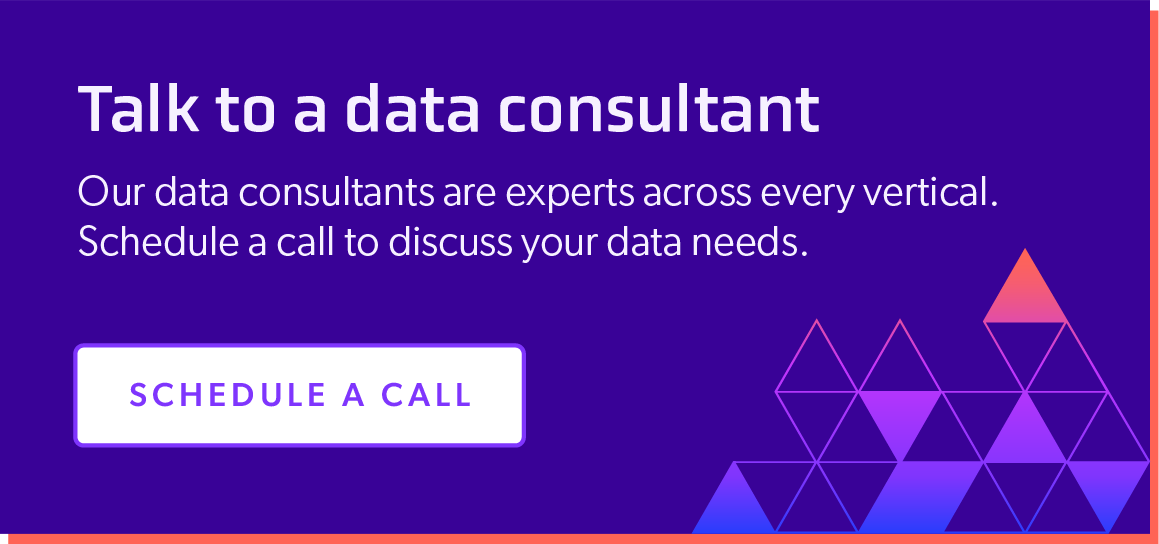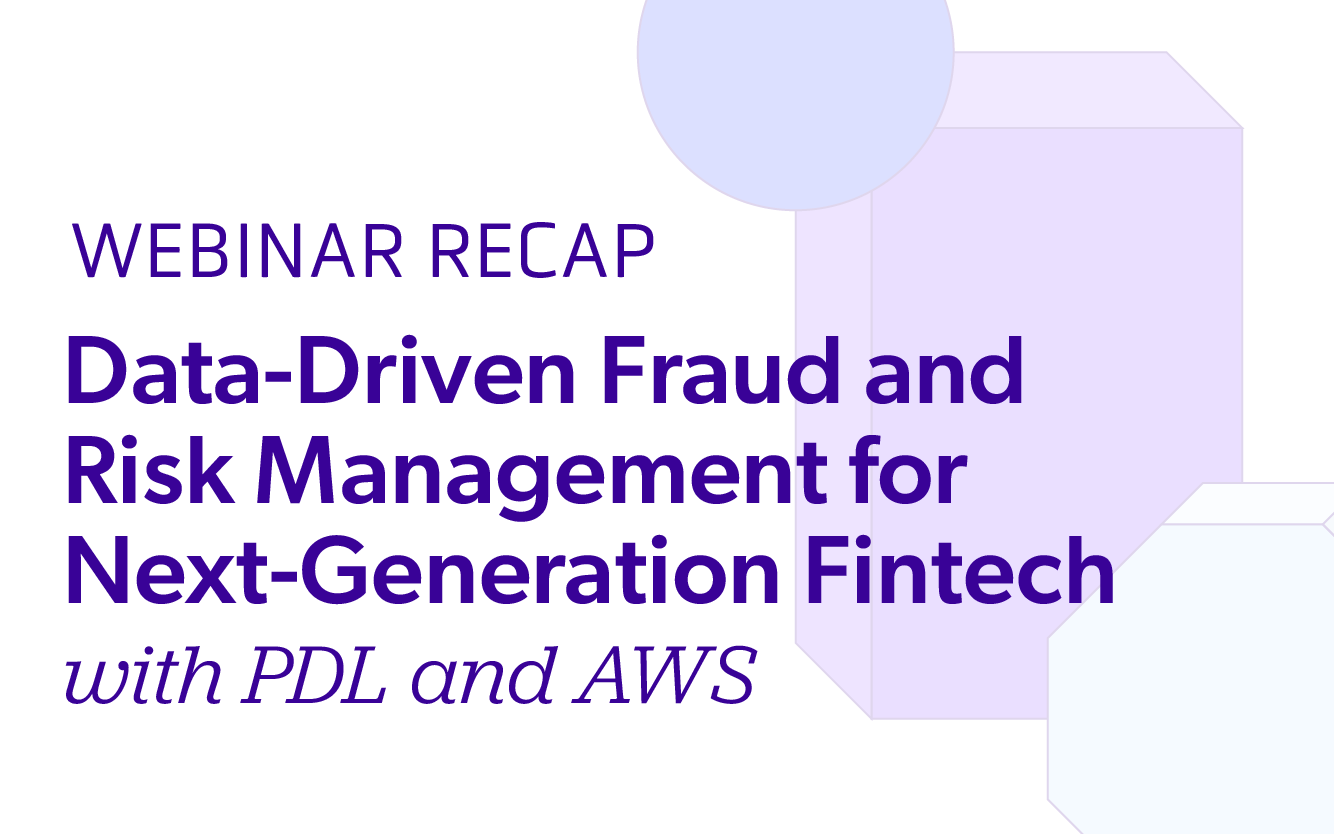
Reducing Operational Friction with Data
May 18, 2022
Table Of Contents
This article is part 7 of our ongoing identity series. To read the previous blog, click here. To read part 1, click here.
What is friction?
In physics, friction is the force that slows you down, and in business it does the same. Figuratively used in business cases, friction refers to any and all processes that add time or effort to the completion of a task. Just as friction reduces the efficiency of a wheel, bearing, or gear, it also reduces the efficiency of a business.
Friction is inevitable, but organizations that operate with minimum friction impress their customers, maximize their revenue, and innovate much more successfully.
One major cause of friction for digital businesses is the need to d authenticate of identities, whether it’s customers, leads, other companies, candidates, etc.
For example, companies that require customers to provide heaps of information in a form or sit through long waits of automated options on a phone call create negative experiences and add unnecessary, mundane work for their employees that need to verify, consolidate, and manage the data submitted.
To reduce this friction, these businesses need to achieve a better understanding of identities in their network with the minimum amount of lift from both their customers and employees.
This is why we see companies implementing access management tools like single sign-on to make it easy for their customers and business alike to conduct business without the hassle of their network having to jump through various hoops to authenticate themselves and get started.
Reducing Friction Benefits
In addition to the obvious benefit of improved efficiency, reducing friction is a small tweak that causes a domino effect of improved human experience across your company’s ecosystem.
This results in several benefits that reducing friction brings to your business, including:
Reduction in time to resolve identity disputes
More efficient use of time and resources
Ability to focus on innovation and growth
Deeper understanding of areas to improve
Improved customer experience and satisfaction
Improved employee efficiency, retention, and engagement
Positive public perception
Reduced need for manual review
Many of the direct benefits of reducing friction revolve around identifying the customer in a manner that makes it easy for them to sign up and interact with your business.
How often are you 100% truthful when filling out open forms? How often do you quit halfway through, realizing you don’t care enough about the offering or service to spend 10+ minutes filling out personal information?
Conversely, there are several problems that arise and persist in business when friction is left unaddressed, including:
Added unnecessary work and stress for employees
Increased employee turnover
Decreased customer experience and retention
Inefficiency in use of resources
Loss of valuable time that ought to be dedicated towards growth and innovation
Negative public perception
The Cost of Business Friction
The most direct cost of business friction is loss of revenue due to bad customer experience.
Consider some of the following statistics:
$35.3B+ is lost every year by US businesses in customer churn caused by avoidable CX issues. (CallMiner)
49% of consumers reported leaving a brand in the past year due to poor customer experience. (Emplifi)
About 75% of customers will buy based on their experience alone, and value their experience over the quality of the product that is offered to them. (Forbes)
The lack of simple business interaction with customers incurs an opportunity cost of $402B/year. (Siegel+Gale)
Customer experience drives over 66% of customer loyalty, which represents more than brand and price combined. (Gartner)
These costs and opportunities can be addressed by smarter use of data to personalize and improve experiences for customers.
Data Involved with Reducing Friction
Nearly all professional, B2B data (and how it is exchanged, stored, and utilized) plays an elemental role in reducing friction, some examples being:
Contact data provides information that allows you to identify and understand customers/candidates and close deals. Without accuracy of this data, friction is greatly increased due to excessive employee workload devoted to data maintenance. There are up-front solutions to reduce friction like single sign-on mentioned above, but those identities still need to be verified.
Company data provides information for investment and market research. Without accuracy of this data, your business operates more in the dark based on outdated trends in the market.
On-prem vs. API data exchange is the manner in which you ingest and store the data, and vastly affects yout operational speed. We recommend choosing APIs vs on prem, as APIs allow you to intelligently leverage and interpret your data. If any logic is improved, such as likelihood calculation that People Data Labs provides, you don’t need to reinstall an entire instance of your on-prem dataset.
Customer journey data pertains to information around how the customer discovered, contacted, and integrated with your business. This is mostly collected internally, but can be improved through various methods discussed below and in this ID series.
Reducing Friction with Data
Today’s businesses are increasingly data-centric, and as a result, enhancing your business’ data generally reduces friction. However, reducing friction when identifying and contextualizing entities such as people or companies incurs a lot of noise from so much data in and around each identity.
Therefore, reducing friction is all about cutting through the noise of data with a smart symphony of data tools. We recommend marrying your in-house data to third-party data providers that have the capability to take your current business information and catalyze it to the next level. This way, your business will have a chorus of voices that can verify your business entities.
In sales and marketing organizations, tools like lead enrichment allows professionals to fully update and contextualize all the information they have been missing about their leads in an instant. This enables them to find the right leads, build successful campaigns, fully understand their personas, and communicate effectively, without the need to amass a large amount of time, money, and resources in monotonous tasks, like manually scraping social sites for missing contact information.
In more volatile use cases like risk assessment, investment, and/or fraud detection, a lot is at stake. Fraudsters make active steps every day to muddy the waters of identity integrity. Using identity and risk assessment APIs helps these businesses secure a head start by contextualizing their existing tools to make smarter decisions.
When businesses can intelligently understand their network quickly, quietly, and behind the scenes, using the right orchestration of data and data tools, the overall experience of their transactions is dramatically improved.
How People Data Labs Empowers Businesses to Reduce Friction
People Data Labs offers various products and avenues to enhance your data to enable you to operate in a near-frictionless manner. In cases like identity verification and resolution, we also have an award-winning team that is there to help businesses like yours tailor the best possible combination of tools to reduce your friction.

Here’s some tools of ours that can reduce your friction when identifying business entities:
Person and Company Search: find what you need via a consolidated library rather than searching through siloed, outdated sources.
Person and Company Enrichment: add contextualization and updates to any given professional identity so you don’t have to scrape countless sources to find extra information on data points that you already have.
Person identify and retrieve: deep dive into any given record to quickly determine an identity and its inherited risk, and update large datasets you already have with the correct information.
These tools can be mixed and matched to create a near-frictionless strategy for your business. We encourage you to talk to our experts to find what is right for you at the best value, and/or try our free API key to interact with our data today.
Like what you read? Scroll down and subscribe to our newsletter to receive monthly updates with our latest content.





